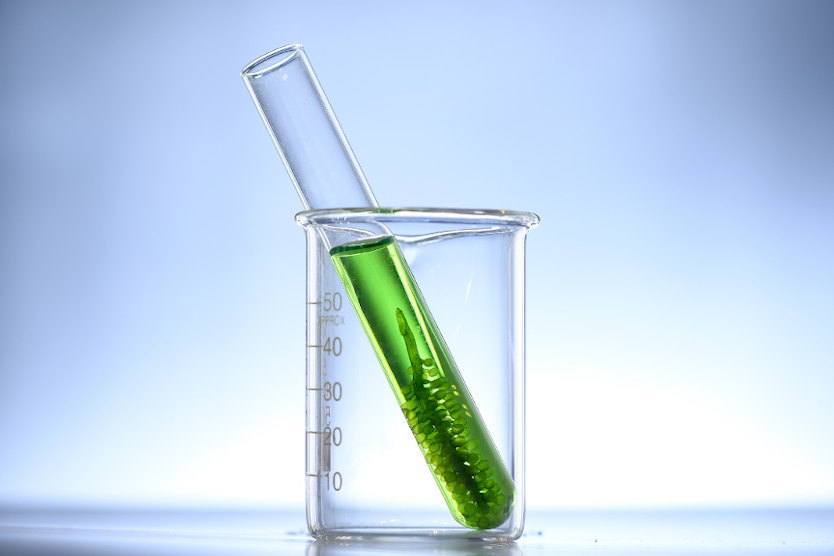
Researchers from Fraunhofer IFAM in Dresden are working on a new technology based on alkaline electrolysis (AEL) that promises to be just as efficient as Proton Exchange Membrane (PEM) electrolysers and significantly cheaper.
© Pixabay
Proton Exchange Membrane (PEM) electrolysers are the most common technology for green hydrogen production. But they are expensive to make, which is inhibiting the progress of the H2 economy. Researchers from Fraunhofer Institute for Manufacturing Technology and Advanced Materials (IFAM) in Dresden are therefore working on a new technology based on alkaline electrolysis (AEL) that promises to be just as efficient and significantly cheaper.
AEL has been used for decades in a simple reaction that splits water to produce hydrogen and oxygen. But the electricity current density of AEL is up to a factor of five times lower than with PEM. The “AEL” team at IFAM have addressed this problem by inventing a new kind of foam-like 3D electrode. To date AEL electrodes have been made from metal sheets that have to be perforated so that gas bubbles don’t cluster and obstruct the reaction, but the holes result in a 30 percent loss of reaction surface area.
The new electrodes are made from porous foams and fibres of nickel, coated in an electrically conductive paste. "If you compare a smooth surface with a foam structure, you can see that the surface area of three-dimensional materials is significantly larger. The foams or fibres we have developed form many cavities and reactions can also take place in the depths of the pore structures. In concrete terms, this means we can extract more hydrogen per surface area," explains project manager Dr Lars Röntzsch in an article in Energiesystem-Forschung.
The gas bubbles can dissipate through the foam structure which means vastly improved current density. "We were able to achieve an overvoltage of about -70 millivolts (mV) for the cathode with our electrodes. That is an excellent value. By comparison, conventional metal sheets have so far produced an overvoltage of up to -300 mV," Röntzsch asserts.


